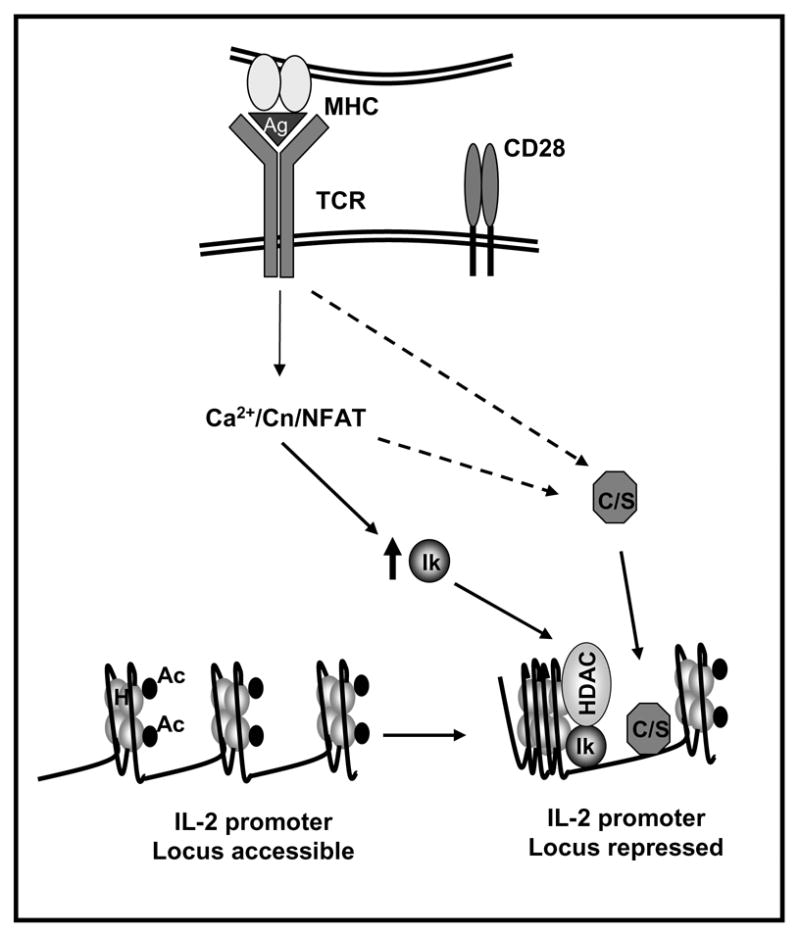Figure 2. Active mechanisms of transcriptional repression contribute to the implementation and maintenance of anergy in T cells.

Anergizing stimuli induce the calcium/NFAT-dependent upregulation of the expression of Ikaros (Ik). In anergic T cells Ikaros binds to the IL-2 promoter and recruits histone deacetylases (HDAC). These enzymes would remove acetyl groups (Ac) from core nucleosome histones (H) leading to the establishment of epigenetic changes that result in stable silencing of the IL-2 gene expression. Other transcriptional repressors (i.e. CREM proteins and Smad3 (C/S)) may be activated by calcium or other signals and bind to the IL-2 promoter also inhibiting IL-2 expression.
